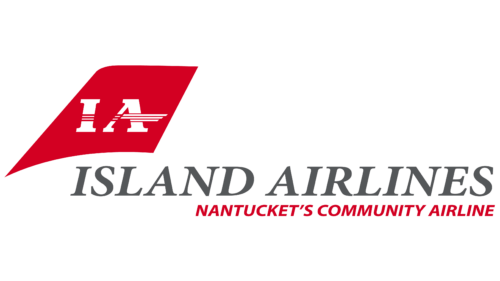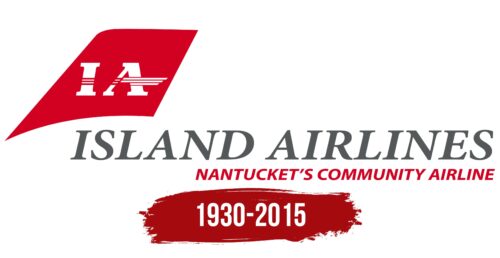Island Airlines: Brand overview
Founded in 1930, Island Airlines began as a modest seaplane airline offering coastal flights in Massachusetts. Initially, the airline connected the Massachusetts mainland, Cape Cod, Martha’s Vineyard, and Nantucket by seaplane, carving out a niche for itself in regional transportation.
When airports became available on the Cape and Islands in the postwar period, Island Airlines switched from seaplanes to land-based aircraft. This evolution continued when the airline moved from piston airplanes to modern turboprops.
Throughout its existence, Island Airlines has endeavored to maintain regional service year-round despite seasonal tides. Its impact peaked in the 1980s and 1990s when it operated multiple turboprop airplanes with several daily flights.
However, the airline’s growth slowed as competition from larger carriers such as Cape Air gradually eroded Island Airlines’ network. Financial difficulties compounded these problems, leading the airline to cease operations in December 2015 after 85 years of operation.
At the time of its closure, Island Airlines was the last independent commuter airline in Massachusetts. The company left a legacy of uniting the region’s isolated coastal communities and serving an important social function for decades.
Meaning and History
What is Island Airlines?
It is a small regional airline based on one of the scenic islands. It offers regular passenger services and charter flights that connect the island with the mainland and other nearby islands. The company operates a fleet of light aircraft, such as the Cessna 208 Caravan and DHC-6 Twin Otter, which are ideally suited for short runways and the challenging conditions typical of island airports.
1930 – 2015
To make the Island Airlines name stand out, the designers chose a gray color for it, which contrasts well with the bright red elements surrounding it. The phrase uses an italicized serif font that looks dynamic. Below it, the slogan “NANTUCKET’S COMMUNITY AIRLINE” is written in a slanted serif font. In the upper left corner, there is a stylized fragment of an airplane tail. It serves as a background for the white letters “I” and “A” intersected by horizontal stripes. This symbolizes the high speed and punctuality of the airline.
The gray color of the main name performs a functional function: it contrasts with the bright red color, making it easier to perceive the text. The stylized element of the tail of the plane gives a thematic connotation and carries the connotation of speed and upward movement. The use of different fonts for the main title and slogan helps to separate the two texts while emphasizing their significance. The horizontal stripes across the ‘I’ and ‘A’ reinforce the airline’s focus on speed and efficiency.





